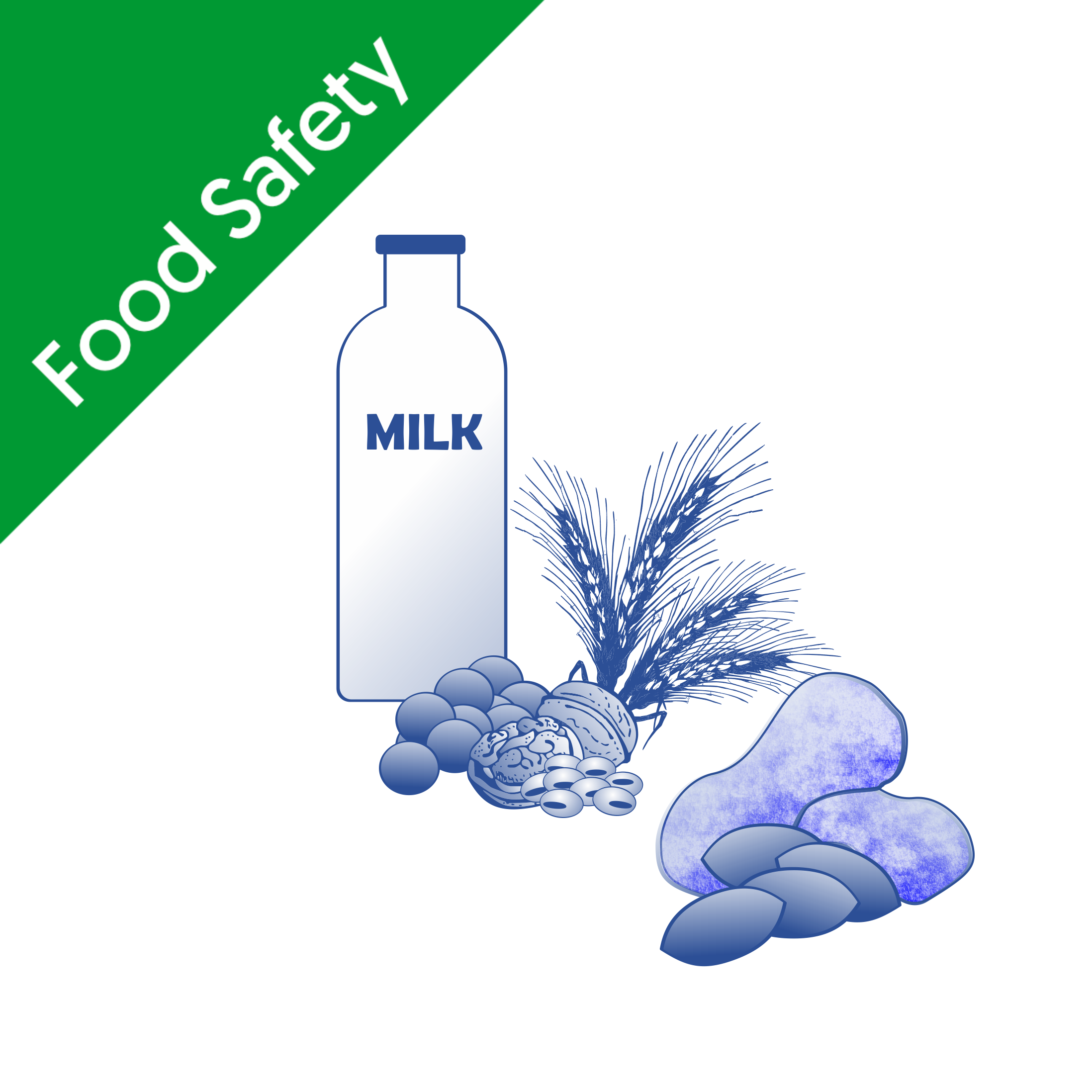A guide to cooling and chilling food
Cooling and chilling food is a process that food businesses regularly do. However, when done incorrectly, it can result in the spread of food poisoning and foodborne illness.
For this reason, it is essential that they understand how to cool and chill food properly in order to ensure that their food is safely stored and remains safe and ready to eat.
In this article, we will look at food storage temperatures, and the steps that should be taken when cooling and freezing food. If you want to further understand the principles behind safe food handling, take a look at our full food safety guide.
What temperature should food be stored at?
It is vital that food is stored at the correct temperature in order to maintain good food safety and minimise the growth of bacteria that can cause foodborne illnesses. Proper food storage also helps to prevent spoilage and maintain the quality of the food, which reduces waste.
Under food hygiene law in England, Wales and Northern Ireland, food businesses must store cold food at 8°C or lower. To ensure that this is always the case, it is recommended that they regularly monitor the temperature of their fridges and ensure that they remain between 1 and 5°C.
There is no specific temperature that food businesses are required to keep frozen foods at, but it is generally accepted that freezers should be kept at around -18°C.
Food Storage: What is the danger zone for food?
The temperature danger zone is a temperature range in which bacteria is able to grow rapidly. Food that remains in the danger zone is significantly more likely to cause food poisoning or other foodborne illnesses.
The danger zone is between 8 and 63°C. This means that refrigerated foods should be stored below 8°C, and hot foods should be held above 63°C, to ensure that they remain safe to eat and free from harmful bacteria.
Food Storage: Do you need to let food cool before refrigerating?
Heated or cooked food must be allowed to cool before it is stored in a fridge or freezer. This is because placing hot food in a cold environment will cause the storage temperature to increase and the food within it to enter the danger zone. It may also cause frozen food to thaw slightly and refreeze, which can affect its taste and may potentially spoil it.
Hot food must be cooled to the lowest temperature possible within 90 minutes. This is the case because food can become unsafe to eat if it remains in the danger zone for too long.
How do you cool down food quickly?
Before storing food in a fridge or freezer, it is essential that it is cooled to a safe temperature. To speed up the cooling process, there are a number of steps that can be taken:
- Dividing the food up among smaller, flatter dishes.
- Moving containers of hot food to a cooler area.
- Standing containers of hot food in cold water or an ice water bath.
- Stirring the food regularly while it cools.
- Cutting large items, such as joints of meat or poultry, into smaller pieces.
Food storage temperatures and HACCP
In the UK, all food businesses are legally required to have a food safety management system in place that is based on the principles of HACCP. When creating this system, a food business must establish the points at which a control measure is needed to eliminate or reduce a hazard (the critical control points), and what must be done at each of these points.
As has been established, ensuring that food is cooled and chilled correctly is essential to maintaining good food safety. This means that any points where these processes happen will be critical control points, and measures should be detailed to ensure that they are carried out correctly, such as:
- Detailing the specific temperature that an item must be cooled to before it is moved.
- Using special equipment to measure the temperature of an item before it is stored.
- Using timers to ensure that food is cooled within a certain amount of time.
Regardless of the measures chosen, they should be detailed in the business' HACCP plan and strictly followed by all employees in order to produce safe food.
For more information on food safety and HACCP, consider taking one of our food courses:







